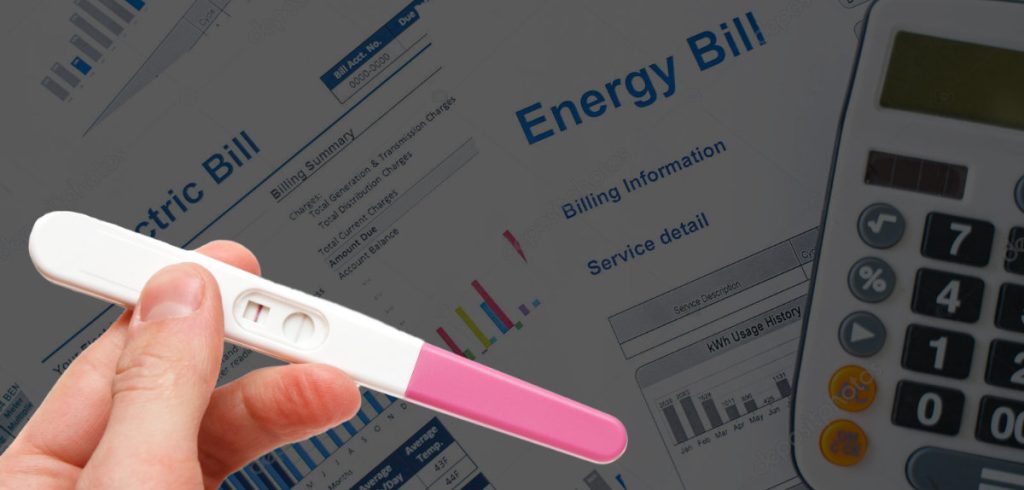Fertility Rates & Abortion
A Nation in DENIAL on Decreasing Fertility – Chris Johnson
Last week saw the release of birth data for England and Wales in 2023 by the Office of National Statistics, and we learned that the total fertility rate in England and Wales dropped to 1.44 children per woman, its lowest value since records began in 1938. There were 591,072 live births, which is the lowest since 1977.
In responding to this data release, the BBC’s population correspondent, Stephanie Hegarty, focussed on childless men who would like to be fathers, but are not. The article discussed the contribution of financial insecurity, real and perceived, and the ‘crisis of masculinity’ in fertility rates. The article was also concerned about the impact of childlessness on men’s mental and physical health, and sense of identity; it suggested that this could be addressed by extending the definition of parenting to reflect the roles childless men play in the lives of nieces and nephews, and the children of friends.
The BBC also published an article by three of their journalists, with a focus on financial insecurity as a chief factor in the falling fertility rate, and leading on the quote ‘I can’t afford a child on £53,000 salary’. The article discussed the ‘high cost of bringing up children, the pressure to stay in work and the challenge of finding the right partner’, and also noted ‘evidence that more and more young adults don’t plan on having any children at all.’ It seems that more and more in the UK, we are letting the perfect be the enemy of the good.
Neither of these two BBC articles mentioned the impact of abortion on the total fertility rate. The abortion statistics are released relatively later than the birth data, and abortion statistics for England and Wales in 2022 were released on 23 May 2024 by the ONS. We learned that there were 251,377 abortions for women resident in England and Wales in 2022 – the highest number since the Abortion Act was introduced and an increase of 17% over the previous year. We might not be surprised to learn there have been more abortions at a time when birth rates are falling- but this has not been mentioned in the BBC’s reporting of the birth data. Perhaps this would be more likely if the statistics were released at the same time by the ONS.
Responding to the abortion statistics in May, the British Pregnancy Advisory Service pointed to cost of living pressures, and difficulty in accessing appropriate contraception. The same Guardian article in which their response was published also noted that at home abortion was more readily available during the pandemic, and this had likely contributed to the increase in abortions. Financial pressures were certainly cited as a cause of the reduction in the total fertility rate by the BBC reporters; but the increase in abortions this implies were taken for granted, or forgotten.

These kind of omissions from public discourse on areas where abortion is having a clear impact must be addressed before there can be any hope of changing the culture of abortion in the UK. The current status quo on UK abortion laws has widespread popular support. 72% of the UK population is estimated to believe that financial considerations are sufficient reason for an abortion. The implication of this view is that it is wrong to bring a child into the world in less than optimal conditions. But abortions for such reasons are carried out under the provision of the Abortion Act 1967 which permits abortions in the event of ‘risk of injury to the physical or mental health of the pregnant woman or any existing children of her family’. The definition of injury is stretched to inconvenience so as to permit abortions based on financial considerations.
If the British public had sufficient confidence that they could continue unplanned pregnancies amid difficult financial circumstances, many abortions would be prevented. We need to have an honest conversation in the UK about whether people really think that no life at all is better than one in straitened circumstances. I am confident that the vast majority of people would prefer to be alive after a tough upbringing, than never to have lived at all. But the current conventional wisdom assumes the opposite when it comes to decisions about abortions. Policy makers and observers concerned about demographic shifts and an ageing population should return to first principles- the most ethical way to address this challenge is to acknowledge that we could have had closer to 856,856 births in 2022, instead of 605,479, if no child’s life had been ended before birth.





